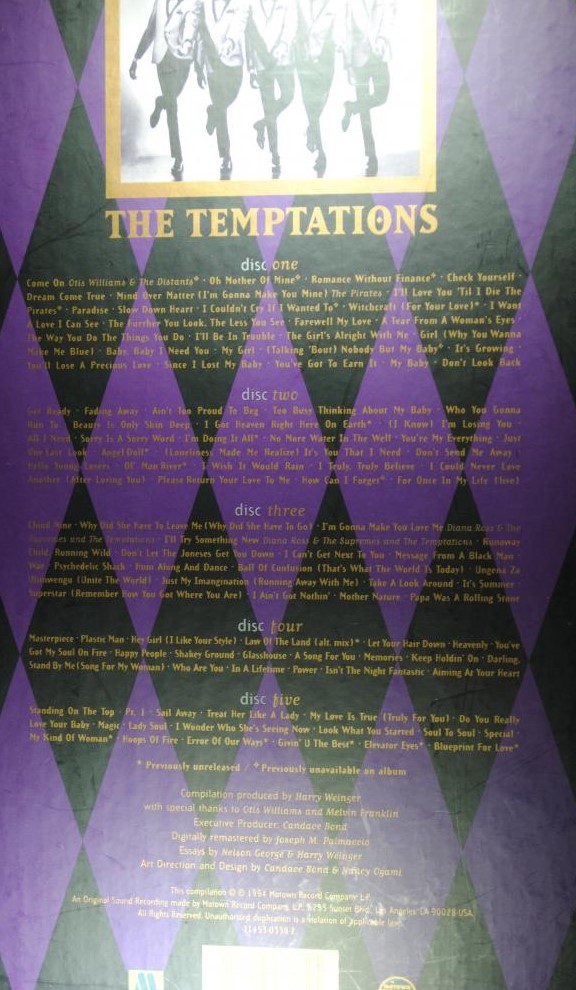
/cdn.vox-cdn.com/uploads/chorus_image/image/56666321/destiny_2_emperors_respite_7680.0.jpg)

Sculptures of guardian figures, whether the Terracotta Army or later Buddhist deity figures, are common. With 36 stone statues of officials, soldiers, animals, and mythical beasts. Part of the 4-mile (7-km) approach to the tombs, the Sacred Way is lined Constructed in 1540, during the Ming Dynasty, this archway is one of the biggest stone archways in China today. The Spirit Way, or Sacred Way, starts with a huge stone memorial archway lying at the front of the area.
#EMPORERS SOUL DESTINY FULL#
This 40 square kilometer area - enclosed by the mountains in a pristine, quiet valley full of dark earth, tranquil water and other necessities would become the necropolis of the Ming Dynasty.Ī seven kilometer road named the "Spirit Way" (Shendao) leads into the complex, lined with statues of guardian animals and officials, with a front gate consisting of a three-arches, painted red, and called the "Great Red Gate". According to these, bad spirits and evil winds descending from the North must be deflected therefore, an arc-shaped area at the foot of the Jundu Mountains north of Beijing was selected. The site of the Ming Dynasty Imperial Tombs was carefully chosen according to Feng Shui (geomancy) principles. The Ming Tombs (Shisan Ling) are China's finest example of imperial tomb architecture. The Thirteen Tombs of the Ming Dynasty is the resting place for 13 of the 16 Ming emperors.

Panoramic View - Click Arrows for Full Screen and Close-ups The mausoleum was built under heavy guard of 5,000 troops. The original wall of the mausoleum was more than 22.5 kilometres long. The construction of the mausoleum began during the Hongwu Emperor's life in 1381 and ended in 1405, during the reign of his son the Yongle Emperor, (see below) with a huge expenditure of resources involving 100,000 laborers. Legend says that in order to prevent robbery of the tomb, 13 identical processions of funeral troops started from 13 city gates to obscure the real burying site. It lies at the southern foot of Purple Mountain, located east of the historical centre of Nanjing, China. Ming Xiaoling Mausoleum is the tomb of the Hongwu Emperor, the founder of the Ming Dynasty. Ancient Chinese Tombs - The Thirteen Tombs of the Ming Dynasty - Crystalinks


 0 kommentar(er)
0 kommentar(er)
